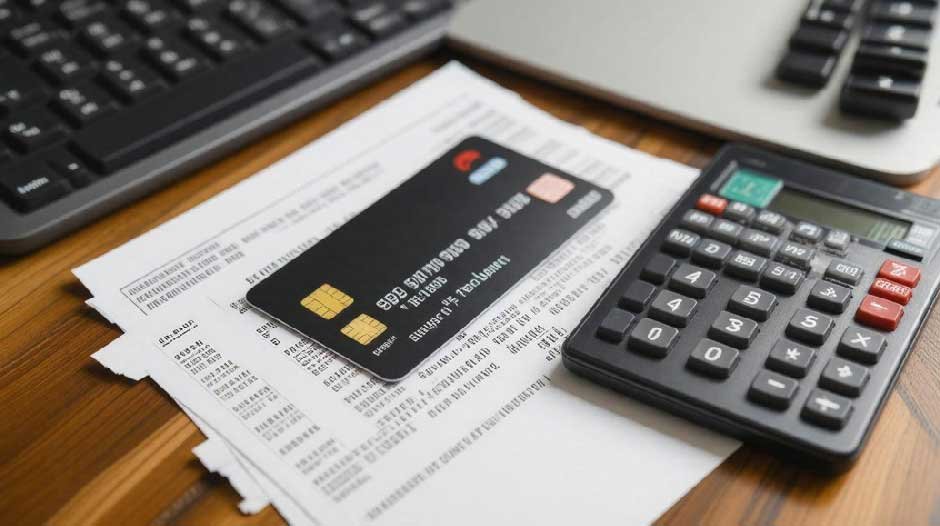To manage spending limits on fuel cards, set up daily, weekly, or monthly budgets for each vehicle, and implement transaction limits to keep drivers accountable. Regularly review fuel usage reports provided by your fuel card provider to adjust these limits as needed based on changes in operational requirements or market conditions.
Setting Spending Limits on Fuel Cards
Understanding the right type of spending limit for your fleet is crucial for controlling costs and promoting accountability among drivers. Fuel cards offer various types of limits: daily, weekly, and monthly. Each serves different operational needs, allowing a company to align spending with its overall budget while effectively powering its fleet. For instance, if a vehicle typically uses less fuel on certain days, setting a lower spending limit on those days can prevent wasteful spending.
Types of Spending Limits
Daily limits help manage short-term spending by ensuring that no vehicle exceeds the predetermined amount in a single day. Weekly limits are useful for businesses with fluctuating fuel needs, while monthly limits provide an overarching cap for long-term budget forecasting.
By strategically combining these limits, you tailor your approach to fit operational realities. If a driver usually fuels their vehicle at the end of each week, establishing a slightly higher weekly limit allows the needed flexibility without overspending. The key is to analyze historical data and fuel patterns before assigning any limits—this adaptability helps your business avoid unnecessary expenditure.
Step-by-Step Guide to Setting Limits
Implementing spending limits isn’t just about numbers; it’s about understanding usage and making informed decisions. Here’s how you can proceed in real-time:
Start by assessing the average fuel consumption per vehicle. This data provides insights into how much fuel each vehicle typically requires based on prior runs. Next, determine a reasonable spending cap for each vehicle or driver that matches their specific requirements using this assessment alongside other relevant historical data.
After setting your caps, navigate to your fuel card provider’s management portal. Most providers offer user-friendly interfaces where spending limits can easily be adjusted according to your assessments and operational changes. Once adjustments have been made—be it daily, weekly, or monthly—it’s imperative to communicate these limits clearly to your drivers.
It’s important to regularly review these spending limits because operations change over time due to market fluctuations or changes in route demands. Encouraging feedback from drivers regarding their experiences with these limits can inform necessary adjustments as well. Regular interaction ensures that your operation won’t fall victim to outdated policies as circumstances evolve.
Following these guidelines enhances disciplined spending among drivers while fostering a culture centered on accountability and effective cost management—a foundation for optimizing the performance of fleet operations moving forward.
Assigning Limits to Drivers
Each driver operates under unique conditions—such as different routes, vehicle types, and personal driving habits—which makes it essential to tailor fuel spending limits accordingly. By considering these individual factors, fleet managers can ensure that the assigned limits are both practical and effective.
Individual Considerations
First, examining regular routes and distances driven is crucial. For instance, a driver who commutes along a heavily trafficked urban route may need a distinctly different fuel limit compared to someone on open highways. Those commuting longer distances will likely utilize more fuel and necessitate larger limits to avoid disruptions in their work.
Next, take into account the type of vehicle used. The fuel efficiency of a vehicle directly impacts how much fuel a driver will use over time. For example, if one driver is operating a hybrid vehicle, they generally consume significantly less fuel than another driver in a traditional gasoline vehicle. Recognizing these distinctions helps refine limits to fit real-world consumption accurately.
Additionally, performance and reliability of the driver should not be overlooked. A history of responsible fuel usage can inform decisions surrounding spend limits. Surveys indicate that 70% of fleet managers see reductions in fuel expenses when limits are effectively tailored based on individual driving performance. Knowing which drivers consistently adhere to budget constraints allows for greater flexibility and trust when assigning limits.
As an illustrative example, consider Driver A and Driver B: Driver A is responsible for a fuel-efficient vehicle that covers long distances daily while Driver B relies on an older model lacking in efficiency for shorter trips. Naturally, Driver A’s spending limit needs to reflect their requirements for greater fuel consumption without unnecessary restrictions. Conversely, Driver B’s spending limit may be lower, acknowledging their less demanding fuel needs.
Understanding these individual considerations enables fleet managers to craft spending limits effectively, fostering accountability among drivers while enhancing overall budget management within the fleet. This brings us naturally to the next important topic—examining how organizations can monitor the usage of these fuel cards effectively.
Monitoring Fuel Card Usage
For any fleet manager, it’s crucial to establish a robust framework for monitoring fuel card usage; this is not merely about keeping an eye on spending but about optimizing resources. When you’re proactive in monitoring fuel card transactions, you’re in a better position to identify patterns and anomalies that might indicate misuse or inefficiencies within your fleet.
Real-Time Monitoring
One effective strategy is utilizing the real-time tracking features offered by many fuel card providers. This technology gives fleet managers immediate access to transaction data the moment it occurs. Integrating real-time monitoring into your operational practices allows you to see how much and how often fuel is being purchased at any given time. By staying informed, managers can quickly respond to unexpected purchases outside of the agreed-upon limits, ensuring accountability among drivers. Regularly consulting this data can enable timely adjustments in spending limits based on consumption patterns, thereby promoting responsible fueling behavior.
Moreover, having access to this information at your fingertips can spark deeper analysis of overall fuel expenditures.
Analyze Usage Reports
Taking the monitoring one step further involves analyzing usage reports generated monthly or weekly. These reports play a vital role in understanding fuel trends over time, offering insights that can help with budget forecasting and cost control. You’ll find that these reports typically reveal:
- Fuel trends: Identifying which vehicles are consuming more fuel than expected allows you to investigate if there are maintenance issues affecting their efficiency.
- Frequency of fuel purchases: A higher frequency of transactions could signal potential misuse or simply a symptom of erratic travel schedules.
- Any anomalies or unusual spending spikes: If a certain vehicle shows a spike in expenses during a particular period, it may warrant further investigation into driver behavior or vehicle performance. By diligently monitoring usage and analyzing these reports, fleet managers can swiftly address any discrepancies or irregularities that arise. As we transition from here, we will explore various technologies designed to assist in budget oversight and enhance fiscal responsibility.
















